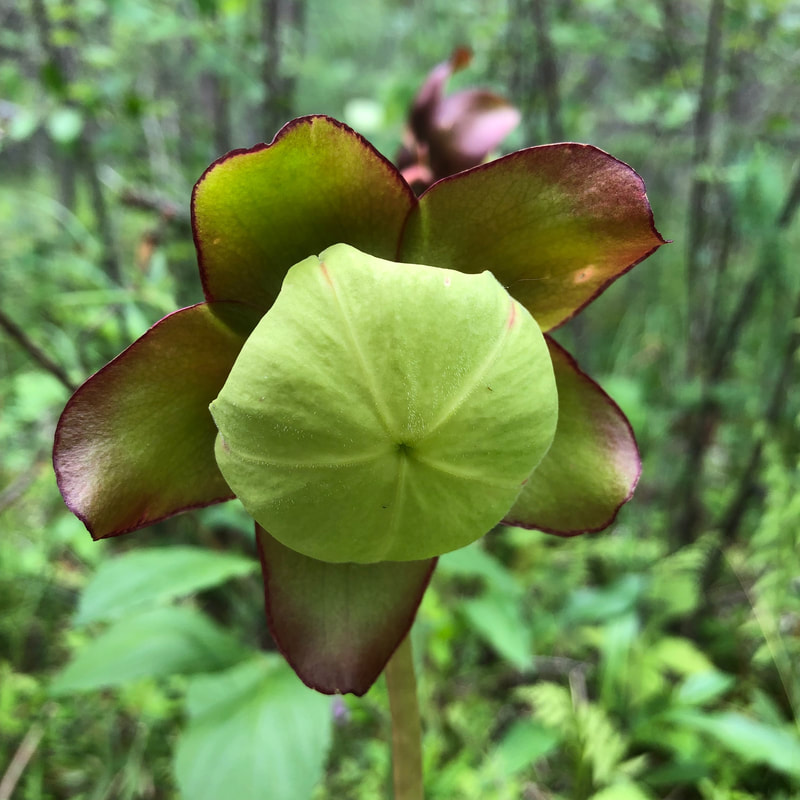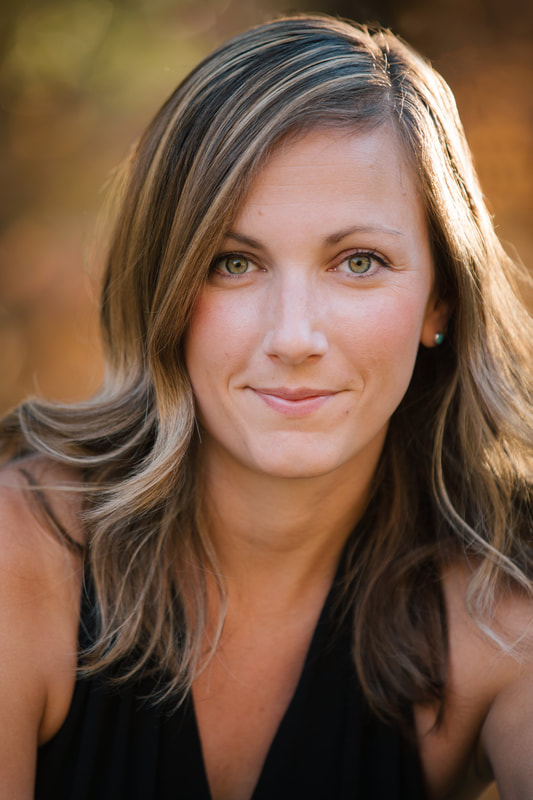ASSAY: A JOURNAL OF NONFICTION STUDIES
6.1
6.1
|
After a bad concussion altered my vision, I became aware not only of the limitations of my new visual world, but also, surprisingly, of how limited my pre-concussion senses had been. Like this: humans process twenty images a second; dogs process fifty. Mice, and other prey animals, have eyes on the sides of their heads that allow them to see nearly 360 degrees around them. Birds see the same color spectrum as humans, as well as ultraviolet. Black bears can detect smells twenty miles away and, in addition to electric eels, lots of sea creatures, including sharks, can sense electricity. Understanding my limited perception gave me a new sense of wonder as I walked around and imagined what I could not see, taste, feel, hear, know, or understand. They felt like layers of invisible worlds. How inclusive, then, to imagine writing about the world outside our own limitations.
Even beyond our sensory constraints, writers always encounter unknowns, from small-scale memory failures to questions of cosmic enormity. A creative nonfiction writer frequently smacks up against the limits of her perception, of known truths, faced with what she does not know. There are many reasons this might happen—the writer was not present, the records are gone or never existed, the questions are too big, etc. Many of these gaps can be explored and made richer through speculation and invention. Invention seems antithetical to the project of truth-telling, and for good reason. Willy-nilly invention without a framework or clear cues to the reader is the kind of irresponsible nonfiction writing that people love to hate. I like the title of one of Mary Karr’s chapters in The Art of Memoir: “The Truth Contract Twixt Writer and Reader.” Though of course no actual contracts are signed, there’s a necessary set of rules, or cues, or techniques—whatever term you might use—that establish the core truth of the project, and the circumstances in which the writer might move toward imagination. In my memoir The Electric Woman, my cue was the refrain “story goes.” I recount many stories fellow sideshow performers told me, stories I had no way of verifying, stories told within a show where truth mattered less than how good the story was. After a new performer regaled me with the story of his rubber ribs, for example, I included the story he wanted me to know, framed by my refrain: “Story goes: Snickers was born triple jointed in every joint. He had thirty-six birth defects. Spent his first four years in the L.A. Children’s Hospital” (64). I wanted the performers to choose which stories they told me, and how they told them—giving them agency over their narratives. And even when the stories didn’t come from performers themselves, I found “story goes” to be a useful device, as in the tale I recounted about a famous sideshow performer from the late 1800’s. “Story goes: Sidonia the Hungarian Baroness began sprouting a beard just after she gave birth to a little person” (99). This story, one I’d heard growing up and then confirmed through research, was likely intended to build Sidonia and her family’s mythology as performers. But because the reader is already familiar with the refrain “story goes,” I feel comfortable sharing it as truth regardless of its unconfirmed historical accuracy. “Story goes” became a way of framing stories with the language of a performative storytelling tradition, a way of saying to the reader, listen to this tale. I wasn’t inventing the stories that followed my trust technique, but in many of the wonderful examples that follow, the writer is. The most important practice for establishing trust when veering outside the facts is to be a diligent, intentional researcher. Any of the methods I explore below will fall flat if the speculation is not plausible and carefully researched. Speculation must never be used to deceive a reader; rather, it can be a way of enhancing larger truths. And, as I think the examples below demonstrate, speculation is almost always used as a means of understanding character more fully. In this essay I’ve identified five approaches for speculating, inventing, and engaging the unknown. With each of these approaches, I’ve paired a writing prompt to encourage immediate sampling of the technique. Many of these overlap at the edges, but I think they’re worth identifying independently in order to examine the individual effects.
|
|
Tessa Fontaine is the author of The Electric Woman: A Memoir in Death-Defying Acts, a New York Times Editors' Choice, finalist for the Utah Book Award, and best book of 2018 from Southern Living, Amazon Editors', Refinery29, PopMatters, and the New York Post. Other writing can be found in The New York Times, Glamour, The Believer, LitHub, and Creative Nonfiction. Tessa won the 2016 AWP Intro Award in Nonfiction, founded Salt Lake City's Writers in the Schools program, and has taught in prisons and jails around the country. She currently lives in North Carolina, where she teaches creative writing at Warren Wilson College.
|

